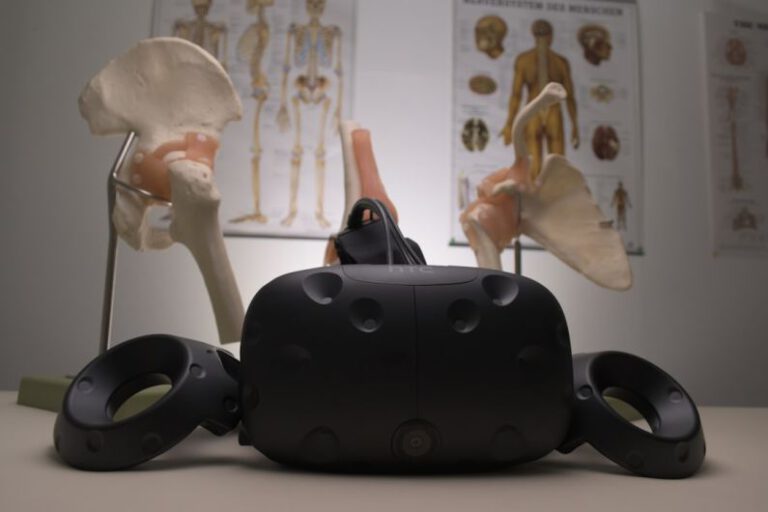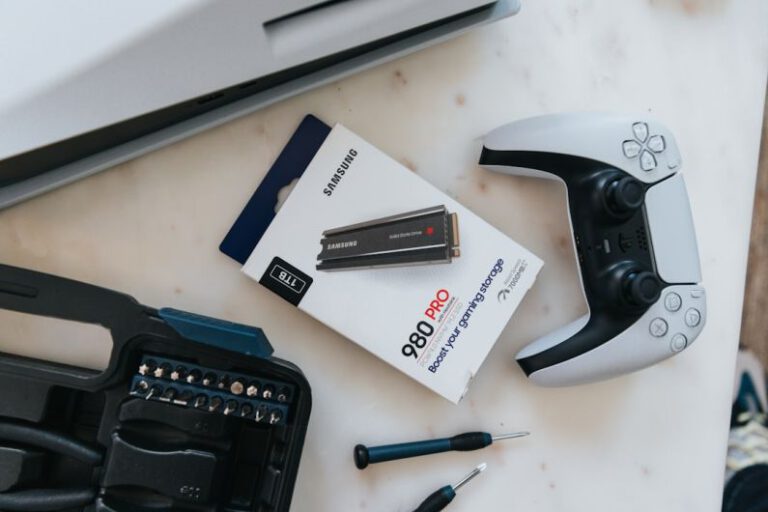Prosthetics with a Sense of Touch: the New Normal
Advancements in technology continue to reshape the way we perceive disabilities and the tools available to enhance the quality of life for individuals living with them. Prosthetic limbs, once primarily focused on functionality, have now entered a new era where the sense of touch is becoming a reality. This groundbreaking development is not only changing the physical experience for amputees but also revolutionizing the emotional and psychological aspects of living with a prosthetic limb.
Enhancing Human Connection
The ability to feel touch through a prosthetic limb marks a significant shift in the relationship between the user and their artificial limb. Historically, prosthetics have been seen as mechanical attachments that serve a functional purpose. However, with the integration of sensory feedback systems, prosthetic limbs are now capable of providing a sense of touch, allowing users to experience physical interactions in a more natural and intuitive way.
The sense of touch plays a crucial role in human connection and communication. By incorporating this sensory feedback into prosthetic limbs, users can not only perform tasks with more precision and ease but also engage in activities that require a delicate touch, such as holding a loved one’s hand or feeling the texture of an object. This newfound ability to experience touch through a prosthetic limb has the potential to bridge the gap between the physical and emotional aspects of living with limb loss, ultimately enhancing the overall quality of life for amputees.
Improving Functional Abilities
In addition to the emotional benefits, prosthetics with a sense of touch also offer practical advantages in terms of functional abilities. The incorporation of sensory feedback systems enables users to better control their prosthetic limbs, leading to improved dexterity and coordination. This enhanced functionality translates to a wider range of activities that can be performed with greater ease and efficiency.
For example, tasks that require a delicate touch, such as picking up small objects or typing on a keyboard, become more manageable with the ability to feel tactile feedback through the prosthetic limb. By restoring a sense of touch to individuals with limb loss, prosthetic technology is not only improving their quality of life but also expanding their capabilities in both personal and professional spheres.
Challenges and Future Directions
While the development of prosthetics with a sense of touch represents a significant leap forward in the field of assistive technology, there are still challenges that need to be addressed to make this technology more accessible and widely available. Cost, durability, and compatibility with existing prosthetic systems are among the key considerations that researchers and manufacturers are working to overcome.
Looking ahead, the future of prosthetics with a sense of touch holds immense potential for further innovation and advancement. Researchers are exploring new materials and technologies to enhance the sensory capabilities of prosthetic limbs, with the goal of replicating the complexity and sensitivity of the human sense of touch. By continuing to push the boundaries of what is possible, the integration of touch-sensitive prosthetics may soon become the new normal in the field of assistive technology.
Embracing a New Era of Prosthetics
As prosthetics with a sense of touch become increasingly sophisticated and accessible, the way we perceive and interact with artificial limbs is undergoing a profound transformation. From enhancing human connection to improving functional abilities, the integration of sensory feedback systems in prosthetic technology is revolutionizing the lives of individuals with limb loss. By embracing this new era of prosthetics, we are not only redefining the boundaries of assistive technology but also reshaping the way we understand and support individuals living with disabilities.






